The Truth About Grain-Free Diets for Cats: What Vets Really Say
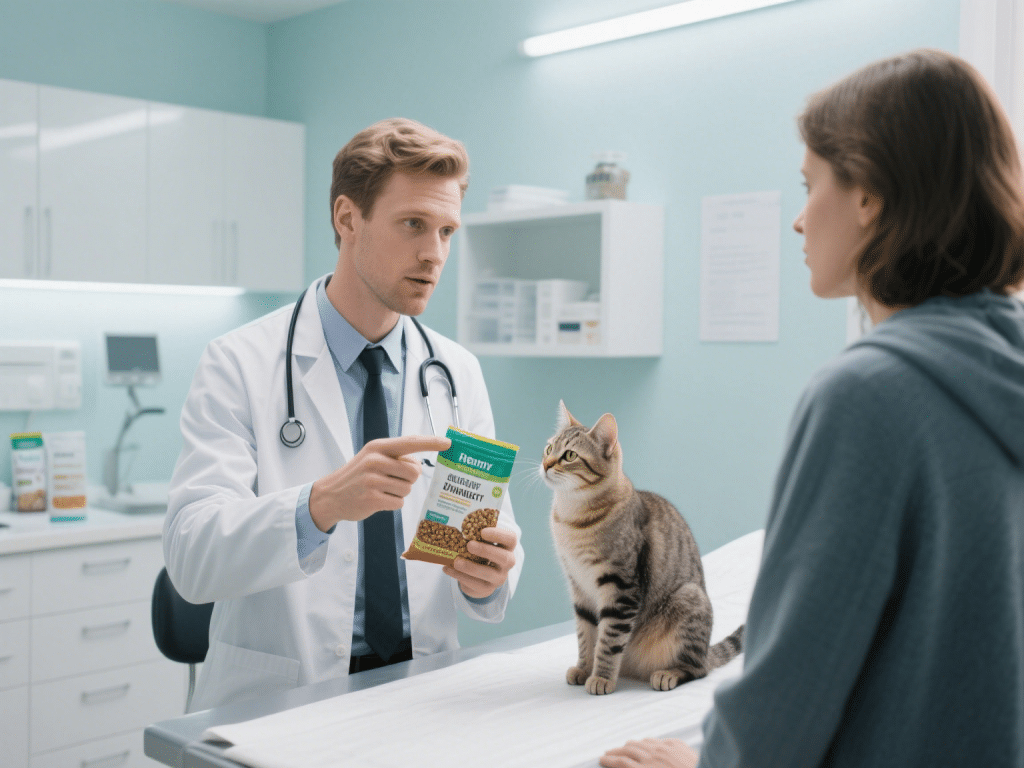
The pet food industry has seen a surge in grain-free cat diets over the last decade, often promoted as "natural" or "ancestral." But is skipping grains actually healthier for your feline friend? As a feline nutrition blogger collaborating with board-certified veterinary nutritionists, I’ll break down the real science—debunking myths while sharing trusted guidelines for choosing the best food for your cat.
Understanding What “Grain-Free” Means
No corn, wheat, or rice
Often replaced with peas, lentils, or potatoes
Marketed as a return to “wild” feline diets
Do Cats Actually Need Grains?
Cats are obligate carnivores: they require animal protein, not carbohydrates.
However, small grain amounts are digestible and provide energy and fiber.
The FDA & Grain-Free Controversy
FDA investigation (2018–2023) into links between grain-free dog foods and heart disease raised concerns in the pet food community.
While not directly linked to cats, experts caution against overreliance on peas or legumes.
Pros of Grain-Free Diets
Helpful for cats with rare grain allergies (though these are uncommon)
May aid in managing obesity or diabetes if low in carbs overall
Cons & Common Misconceptions
Higher cost with no clear nutritional advantage for healthy cats
May be high in plant protein, which cats don’t process efficiently
Not all grains are “fillers”—oats and barley offer beneficial nutrients
What Vets Recommend
Focus on animal protein as first ingredient
Low carbohydrate content (<10%)
Look for AAFCO statement for complete and balanced nutrition
Tips for Choosing the Right Cat Food
Check ingredient list carefully
Consult your vet if your cat has allergies
Avoid boutique or exotic meats unless medically necessary
Rotate proteins and formulas to avoid sensitivities
Conclusion
Grain-free isn’t always better—it depends on your cat’s health needs. Stick to well-researched, vet-approved formulas high in animal protein and low in fillers. Grain-free might be trendy, but your cat’s wellness depends on balanced, species-appropriate nutrition.
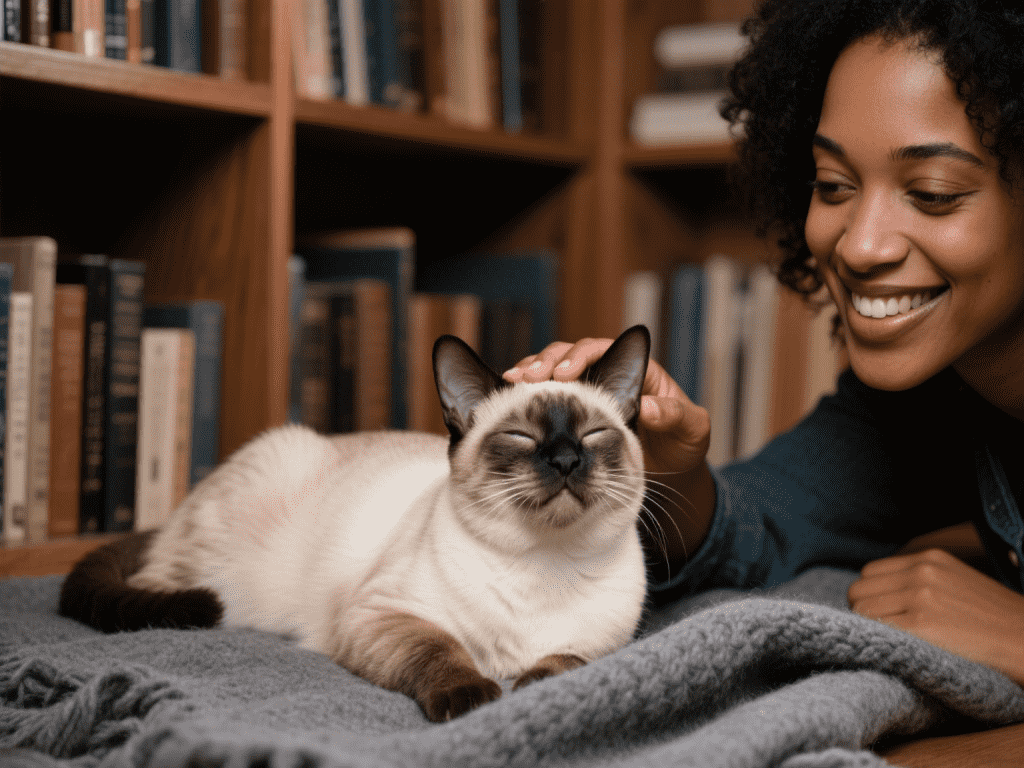
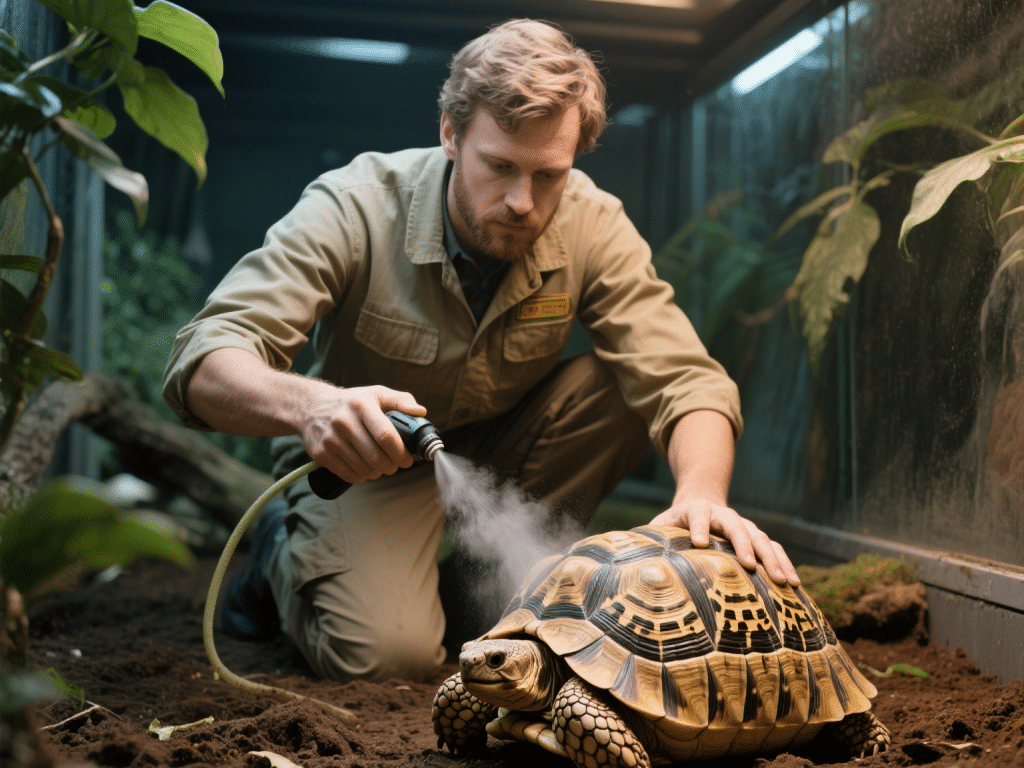
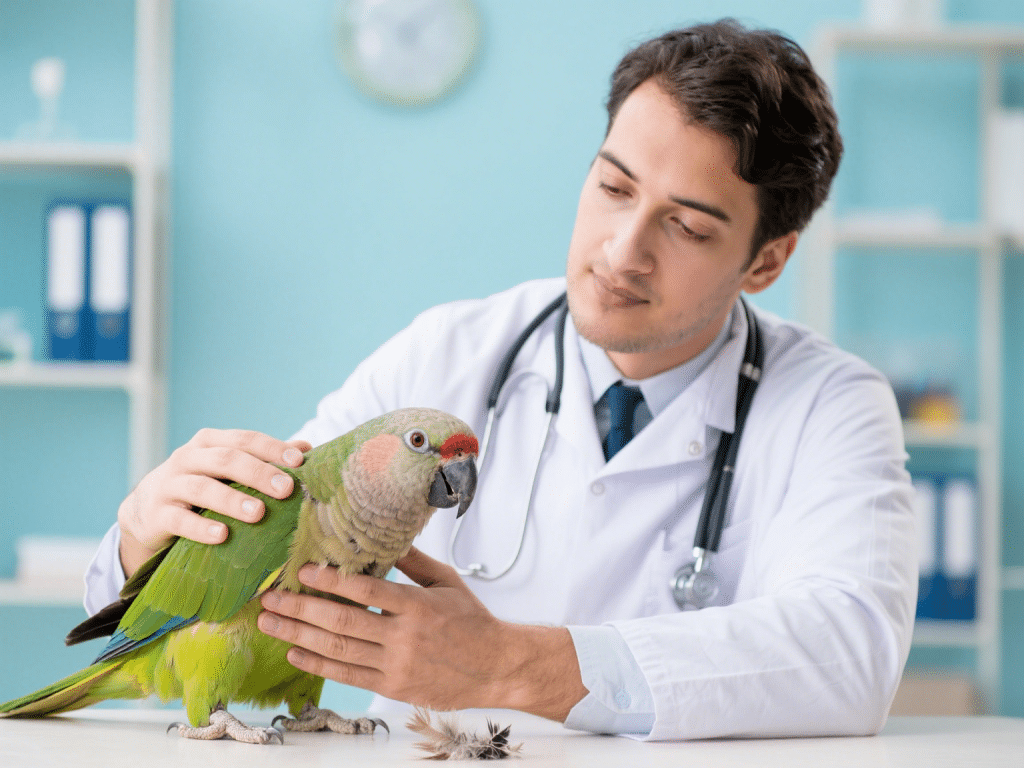
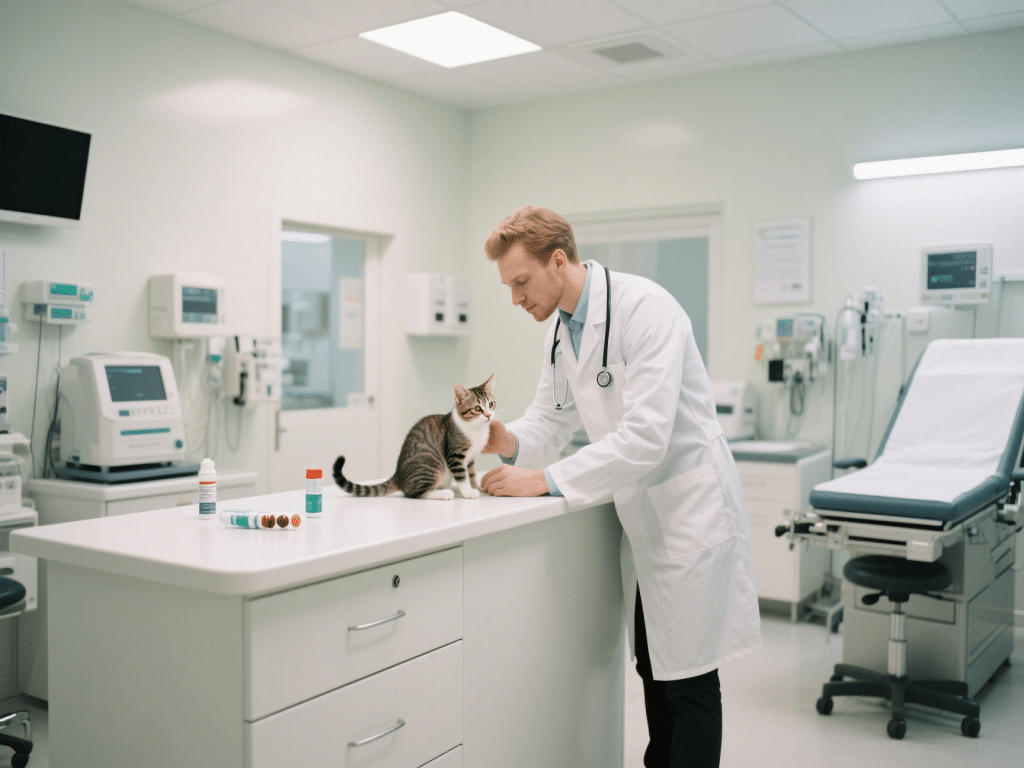
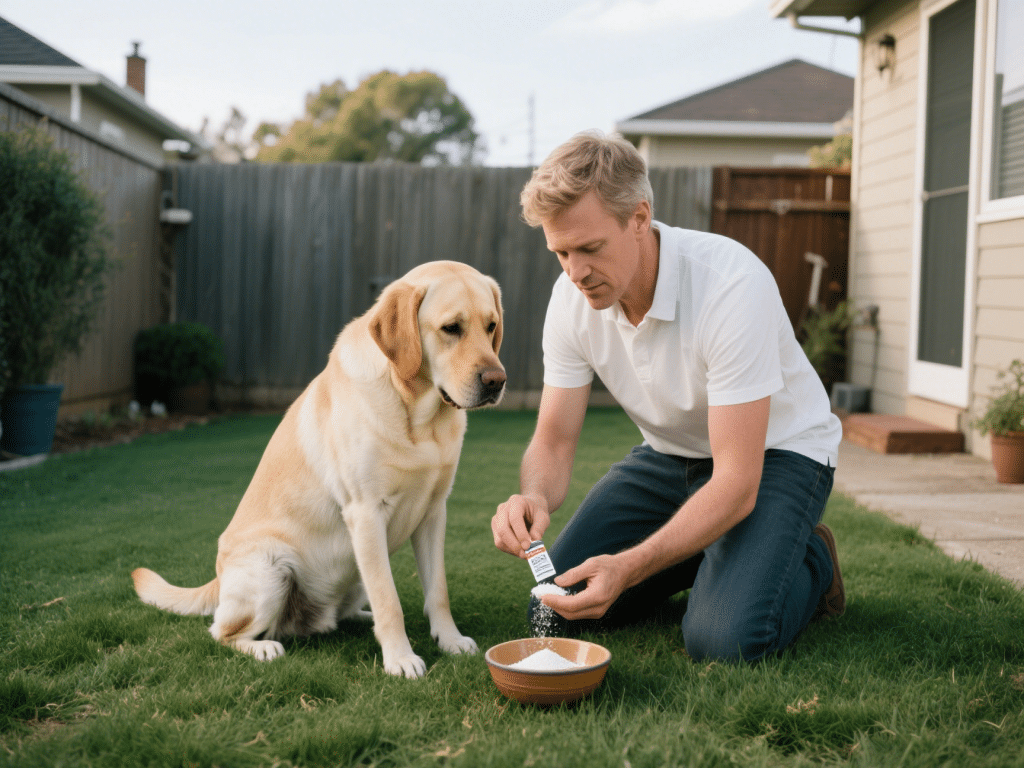
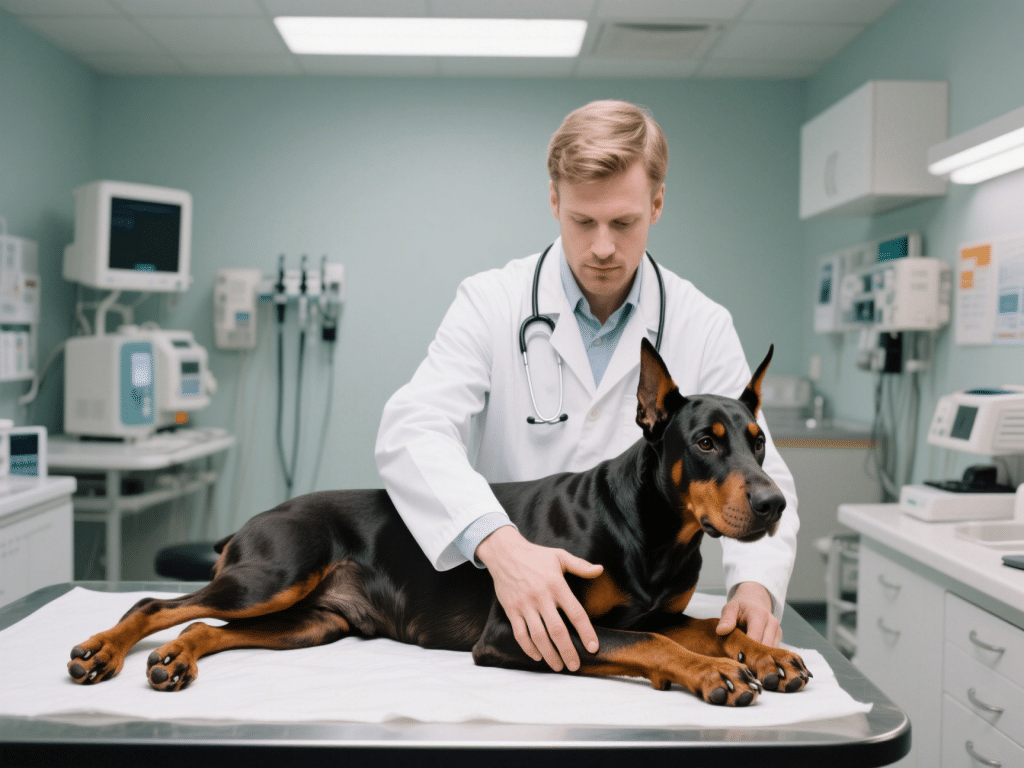


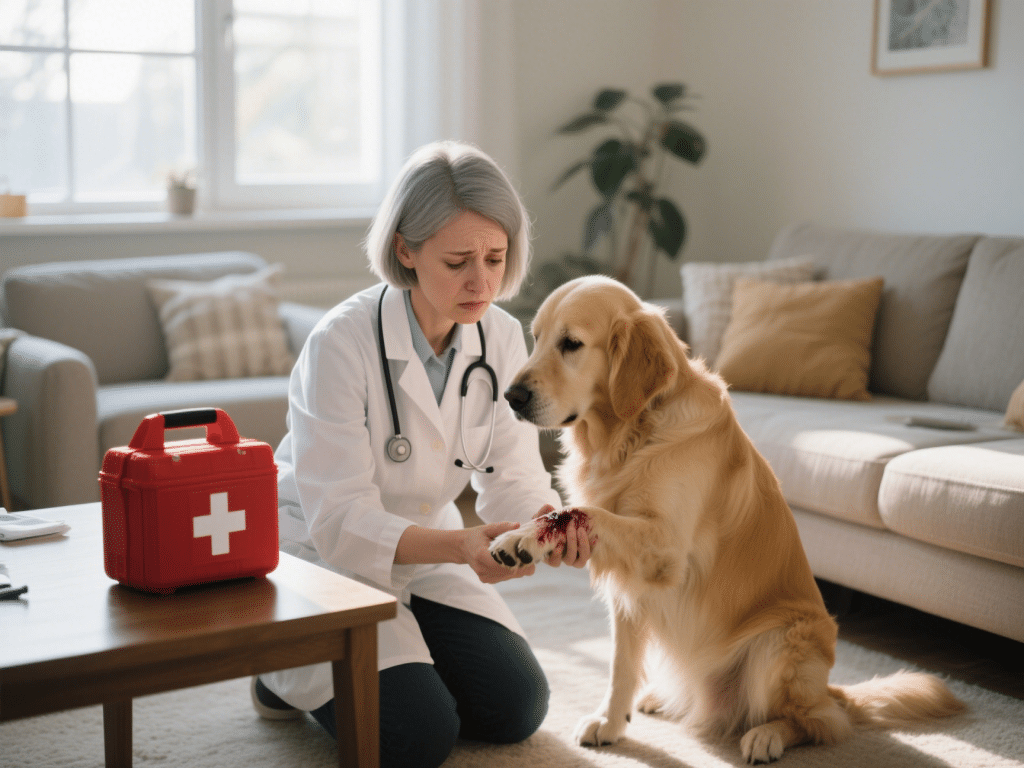
Comments on "The Truth About Grain-Free Diets for Cats: What Vets Really Say" :